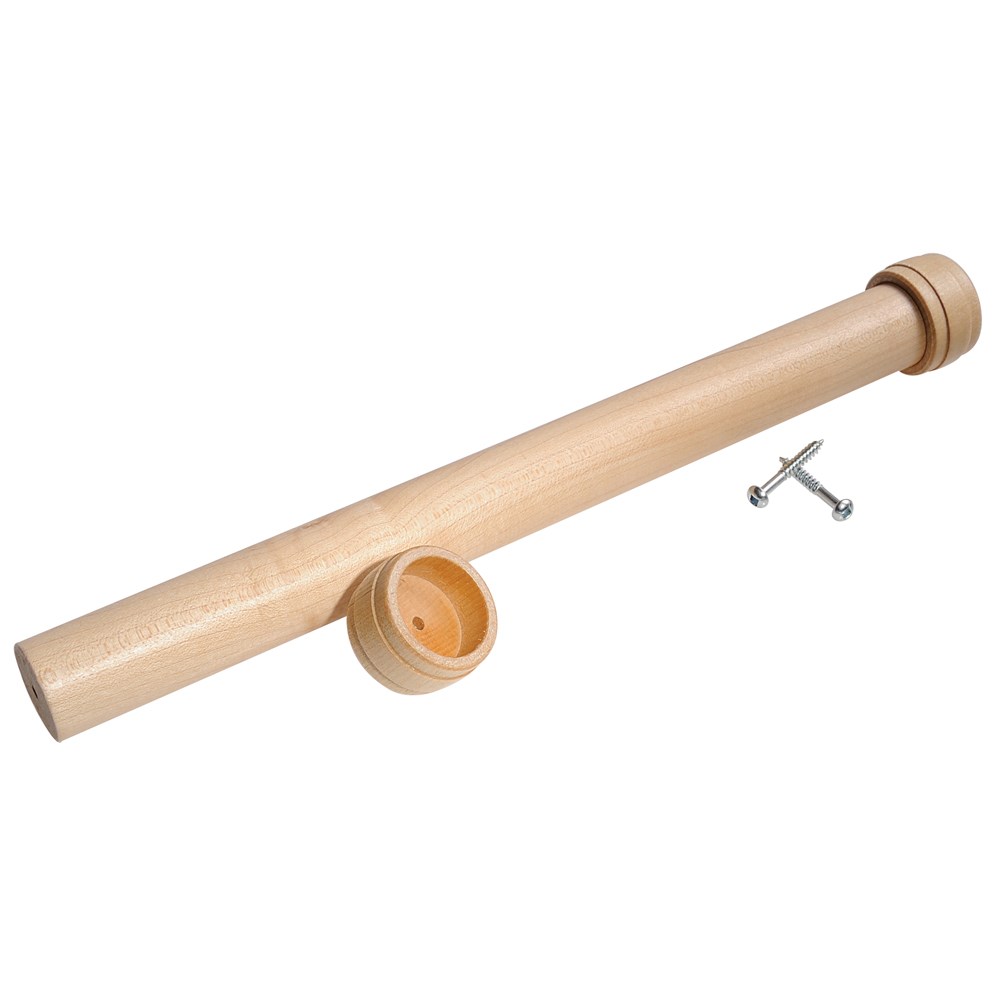woodworking bench end caps
I’m making a woodworking bench with one front vise and an end vise. the top is 2 1/2 inch maple laminate. a retired shop teacher told me not to put end caps on the workbench. the maple will expand lengthwise and the cap would work against that movement. he believes the caps are just for looks.. Remove the bolt and the end caps can be tapped off with a dead blow mallet. complete the installation by trimming the back end of each end cap flush with the back of the top. build the vise. the double screw vise on this bench (fig. e) was commonly used in the 18th and 19th centuries by both english and colonial american cabinetmakers.. In this video series i show you how to make a solid roubo workbench on a budget using readily available timber and hardware. in this video we start work on the end cap by cutting the mortise.. woodworking bench end caps
This episode shows how i made and fitted the end cap. this is a long-grain to end-grain structural joint so it has to be able to move with the seasons but have the strength of a pub dunny door so. Higher quality benches dress the top ends with end caps. sometimes featuring dovetails or box joints and one or more bolts, end caps help keep the top flat and cover the end grain while allowing the top to expand and contract across its width. some woodworkers find a tool well handy for containing frequently used items..
